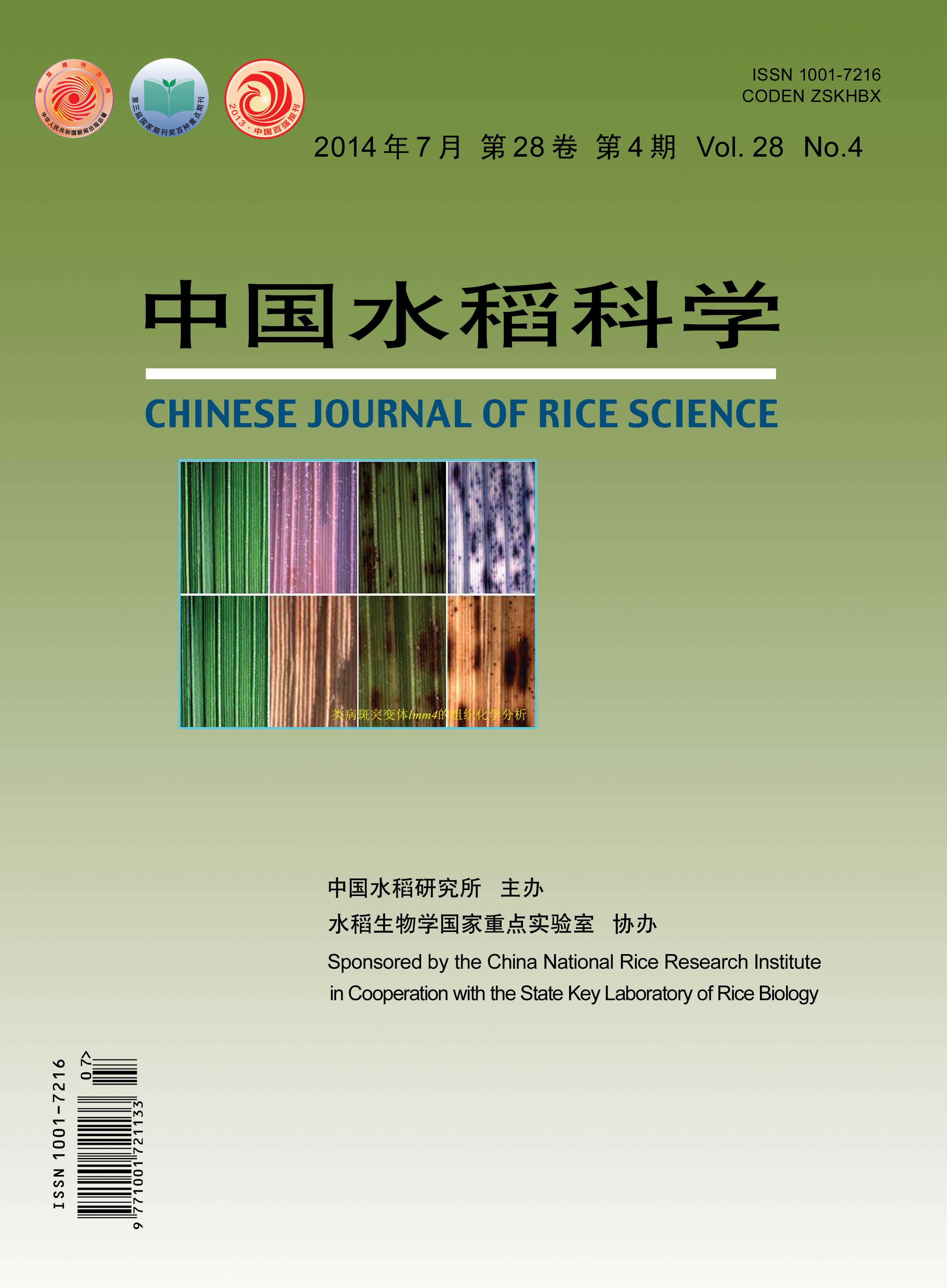|
|
Interactive Effects of Ozone Concentration and Planting Density on Growth, Development and Yield Formation of Yangdao 6-A FACE Study
PENG Bin1,2, LAI Shangkun1, LI Panlin1, WANG Yunxia 1, ZHU Jianguo3, YANG Lianxin1,*,
2014, 28(4):
401-410.
DOI: 10.3969/j.issn.1001-7216.2014.04. 009
In order to investigate the effects of ozone stress on growth, development, yield formation of rice, we conducted a free air ozone concentration enrichment (FACE) experiment. A conventional indica rice cultivar Yangdao 6 was grown in the field at ambient and elevated ozone concentrations (ambient×1.5) with 3 spacing levels: low planting density (LD, 16 hills/m2), medium (MD, 24 hills/m2) and high planting density (HD, 32 hills/m2) . The results were as follows: elevated ozone had no impact on heading stage, maturity stage and final plant height, but significantly reduced biological yield by 23%, 20% and 9% under LD, MD and HD, respectively. The ozoneinduced decrease in biological yield was mainly due to the decrease in dry matter production during jointingmaturity stage (-23%), while dry matter production before jointing stage was remained unaffected. The former was mainly due to the significant decrease in net assimilation rate (NAR), and partly due to the reduction in leaf area index (LAI) in the later growth stage. The biomass of plant tissues under elevated ozone was not affected at the vegetative stage, but significantly reduced at the reproductive stage, with larger decline in stem biomass than in leaf biomass. As a result, green leaf biomass ratio increased, while the faction of stem showed an opposite trend. Ozone stress had no effect on the panicle number per unit area and spikelet number per panicle, but significantly decreased filled grain percentage and filled grain weight, thus increased the blighted grain rate and empty grain rate. Across the three planting densities, grain yield reduced significantly by 16% due to ozone stress, with the average reduction of 24%, 14% and 10% under LD, MD, and HD, respectively. With rising planting density the negative effects of ozone stress showed decreasing trends on LAI, NAR and dry matter production in late season, as well as spikelet number per panicle, filled grain weight and grain yield. The above results indicated that appropriate increase in planting density could reduce ozone damage to LAI, especially to NAR in the late growing stage, thus on the processes of spikelet formation and grain growth, and finally decreased ozoneinduced yield loss.
|

